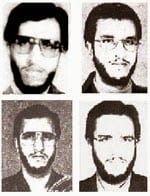During 1988-1998 there were a series of murders and disappearances in Iran involving certain Iranian intellectuals and dissidents, a majority of whom were critical of the new Islamic Republic. More than 80 individuals fell victim to these horrible crimes carried out by the Iranian government, these 80 individuals were writers, political activists, poets and ordinary citizens. The murders were committed in the most horrible manner involving stabbings, suffocations, car accidents, poisonings, shootings and unlawful imprisonments with soon following death announcements consisting either of sudden heart attacks or claimed suicides.
The supreme leader Ayatollah Khamenei denied all involvement and responsibility, instead he blamed Iranian enemies, in particular foreign powers such as Israel for the crimes. Iranian conservative media channels followed on the exact same line of explanations, that indeed foreign powers had attempted to create insecurity and instability in the public in order to deter the progress of Iran’s Islamic Republic. However, following public pressure and international attention the regime was forced to provide some kind of explanation for these murders that had spanned over a decade. Finally, the explanation was official; the Iranian prosecutors had found the one person responsible for all these murders, namely Saeed Emami, who was now conveniently dead as he had committed suicide in prison.
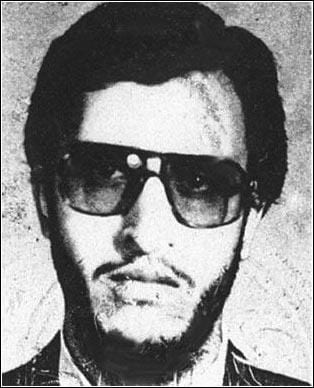
Emami had allegedly led a rouge operation within Iran’s MOIS Intelligence Ministry (The Ministry of Intelligence of the Islamic republic of Iran) to execute these crimes, all for his own personal agenda. Families of the victims and international human rights organizations were convinced however that the alleged perpetrators presented were only the tip of the iceberg and that the real organization behind these crimes went much deeper into the government and without doubt were executed on orders from the highest rank. Saeed Emami was born in Iran but moved to USA in 1978 to continue his studies in mechanical engineering. While staying in United States he was requested to infiltrate various student organizations and successively made a great deal of contacts through his diligent intelligence work, contacts that would serve his purposes well in the future. Following the Iranian Revolution, Emami returned to Iran and was directly involved in the new Republic’s intelligence gathering and analyzing. Not long after he was appointed Deputy minister in Security and Intelligence affairs under the notorious Ali Fallahian.
Ali Fallahian is an Iranian politician and cleric who served as the Intelligence minister from 1989 to 1997. He has been issued with several international warrant arrests as well as a red notice by Interpol in connection to numerous foreign assassination attacks, including the murder of three Kurdish opposition leaders in the Mykonos restaurant assassinations, in Berlin in 1992. Ali Fallahian is also considered one of the masterminds behind the chain murders in Iran, something he has repeatedly and indifferently denied.
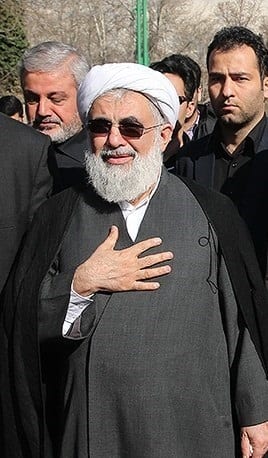
Even though Emami is often illustrated as the primary responsible individual to these atrocious crimes it is a well-known fact that he was not able to stage all of this on his own accord. Although Emami held one of the highest ranks at the Intelligence office he was under direct influence and leadership of Saeed Hajjarian and the Intelligence minister Ali Fallahian.
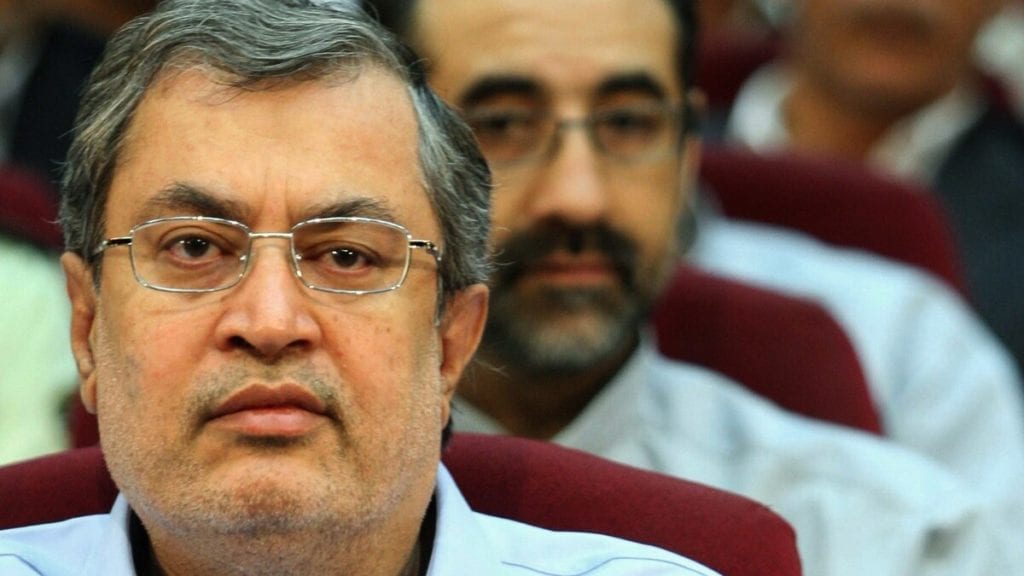
Saeed Hajjarian is often described as an Iranian reformist, journalist and sometimes even pro-democracy activist by mainstream media. Ever since the assassination attempt on his life, the public believes it was in retaliation for his uncovering the chain murders, but what many tend to disregard is his radical background and successful career within the Intelligence office. In 1979, both he and his wife took part in taking over the American embassy in Tehran and seized hostages. Hajjarian was born in Tehran and studied mechanical engineering at Tehran University, he later also obtained a PhD in political science from the same University. In his PhD studies Hajjarian describes and details the unique relationship between Iran and Russia, a relationship that he claimed was based on philosophical and cultural similarities, much like the words of Aleksandr Dugin, the orthodox philosopher from Russia (https://english.shabtabnews.com/2020/01/06/untangling-the-spiders-web-of-fascism-after-the-fall-of-the-third-reich-part-1/) who repeatedly emphasizes the coming and anticipation of a savior, a Messiah, who will save the world from Western globalization as their common ground.
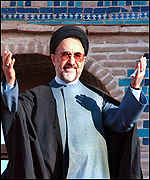
Saeed Hajjarian 
Saeed Hajjarian’s wife, Jila Marsoosi
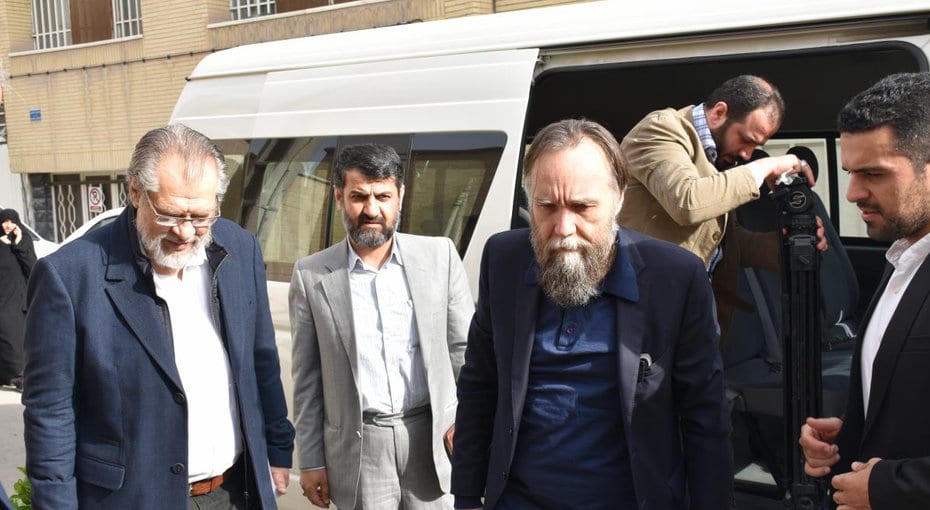
Hajjarian was in fact involved in the actual formation of the Ministry of Intelligence at its very beginning. He was appointed Deputy minister of the Intelligence office in the 1980s’ after the Iranian Revolution and the majority of staff at the office had been employed by Hajjarian, one of whom was Saeed Emami. Hajjarian was essentially the mastermind behind the organization and structure formation of the new Ministry of Intelligence. He also had a background and successful career within the military as an intelligence officer in the Navy, where he was responsible for espionage affairs both against and for the regime. The attempt on his life has long been blamed on the conservative right, but the Intelligence office and higher orders behind them is far more likely.

MOIS is a non-military government organization that has operations both domestically and abroad. It is the most powerful and well-supported ministry of all the Iranian ministry offices in terms of financial support, logistics and political power. Intelligence experts consider MOIS as the largest and most dynamic intelligence agencies in the Middle East. MOIS has many relations and cooperation’s with other foreign intelligence agencies and organizations such as the Lebanese Hezbollah. More importantly, MOIS acts and operates under direct order of Iran’s Supreme Leader Ayatollah Khamenei.
Iran’s intelligence activities are often divided into pre- and post-Iranian Revolution. However, there is also a clear distinction in how things were operated pre- and post-Ayatollah Khomeini’s time. Going a little bit further back into history we find that during Shah Mohammad Reza Pahlavi’s period the National Security and Intelligence Organization SAVAK (Sazman-e Ettela’at va Amniat-e Keshvar) was created in cooperation with the USA and Israel. SAVAK’s mission was to protect the regime from internal and external opposition, mostly ensuring that communist parties and organizations were blocked from penetrating the government. However, the activities of SAVAK went far beyond monitoring communist parties, their surveillance program covered all types of political activities in society including journalists, student organizations, academics and labor unions. After the Revolution in 1979 the Iranian regime attempted to revive some parts of SAVAK, in particular the counterintelligence activities abroad. Soon SAVAMA (Sazman-e Ettela’at va Amniat Melli Iran) was created with the same foundation as SAVAK in collecting foreign intelligence. The IRGC (Islamic Revolutionary Guards Corps) were initially in charge of domestic threats, however this would later change and IRGC were also responsible for foreign intelligence. Numerous security and intelligence agencies were created and lead to disorder within the intelligence system, and it was during this time that MOIS was organized. MOIS is the highest intelligence authority in Iran and the IRGC, including Quds Force are required to report to MOIS which in turn answers directly to the Supreme Leader of Iran. Even though the president appoints the head of the ministry the Supreme Leader must approve the appointment. The Supreme Leader is the commander of chief of the armed forces and controls all intelligence operations. MOIS has no responsibilities to other governmental organizations including the Majles (parliament) it is only accountable to the supreme Leader, so it possesses great power and remains above the law. There is, as mentioned earlier, a clear distinction in how some areas within the country were organized before and after the rule of Ayatollah Khomeini. During the 1980’s when the national security and intelligence ministry was structured the current supreme leader; Ayatollah Khamenei held office at the minister of defense which has led to an increased involvement of the intelligence organizations into the very core of the Iranian government. There is certainly friction and conflict within the Intelligence Organizations (MOIS; IRGC; etc.) where each of the organizations blames the other for various incidents due to overlapping jurisdiction and no clear division of their respective responsibilities, resulting in the creation of yet additional intelligence organizations.

The disorganization within the intelligence ministry and the immense power that comes with having the control of the intelligence apparatus has come with a high cost for the Iranian people and the Iranian society. With this arranged disorganization and immense power within the country’s intelligence apparatus the people of Iran are kept under strict surveillance and facing harsh repercussions, without any legal protection from the state, if disobeying or disagreeing with this organization.
The chain murders left the country wounded and in despair. People who had been brave and had stood up against oppression during the most trying times were forcefully and brutally cut out of their society, silenced and buried without any questions asked, leaving people in fear and confusion. One of those individuals was the 38th spiritual leader (qotb) of the Gonabadi Sufi order; Mr Mahbub Alishah Ali Tabandeh, who died unexpectedly, at an early age of 50 without prior illnesses or ailments in 1997 during the chain murders of Iran. The Gonabadi Sufi order is the largest Sufi order in Iran with more than 8 million followers. The persecution of the Sufis in Iran has a long history, but the acceleration of these harassments started after Khomeini’s reign. Ayatollah Khamenei was not about to show the Sufi order any tolerance and it is interesting to find out why, because it is an example of how the totalitarian regime treat people or organizations with a different viewpoint than their own.
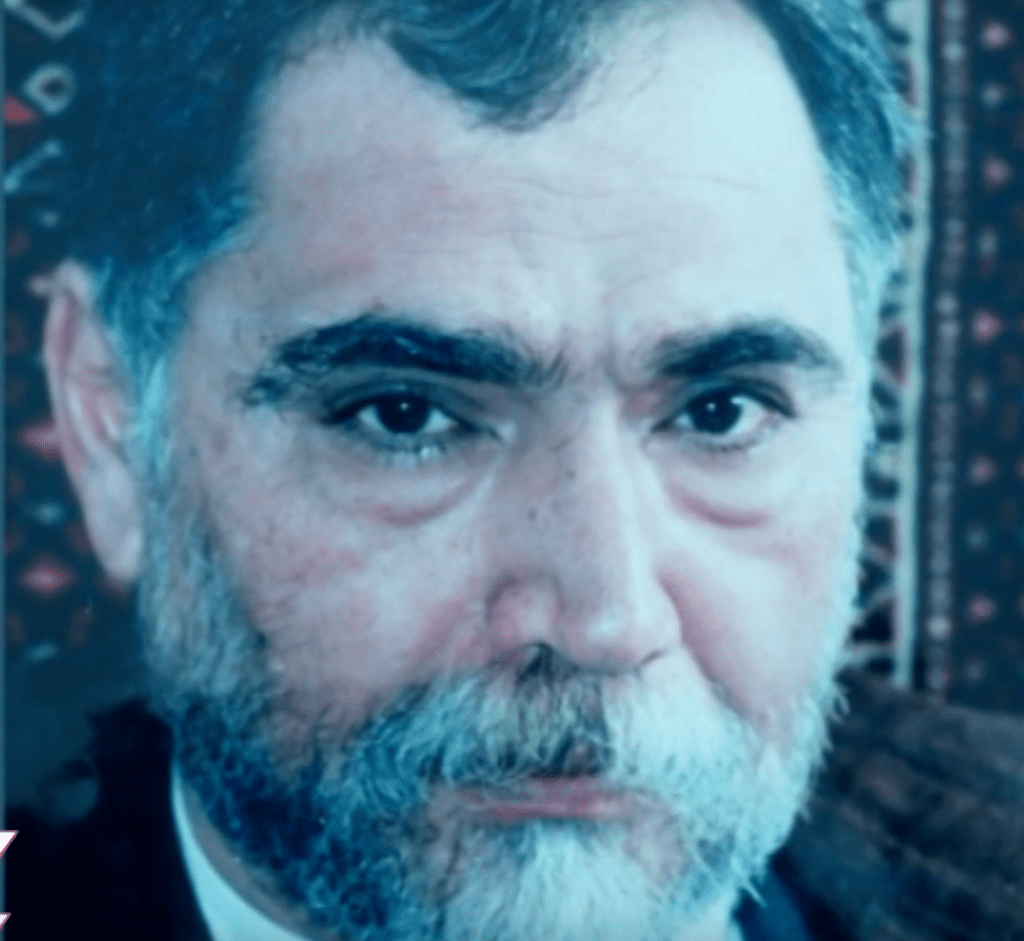
There are numerous audio- and videotapes of Saeed Emami lecturing in front of large crowds about the dangers and threats the Sufi order imposes on the regime, with his own words he explains “the Sufis are attracting our security forces and military men with their ideological and theoretical opinions and therefore they must be erased from society”. Unsurprisingly, Hajjarian substantiates Emami’s statements by explaining on a deeper level what this fundamental dispute is about. Hajjarian describes that the real issue with the Gonabadi Sufi order is in the manner of their leadership and the profound relationship that exists between the Sufi master and his/her disciples. Hajjarian finds issue with the fact that the Sufi disciple is more loyal to his Sufi master than anyone else, to such an extent that even if the system in the country prohibits you from standing against oppression or defending human rights, the Sufi disciple would not hesitate to do so if his Sufi master would teach it. This has long been the case and is one of the major reasons for Sufis being persecuted in Iran. It is a well-known fact that the Sufis have no interest in engaging in politics however they have repeatedly made clear that they are highly involved in helping the oppressed, defending human rights and democratic values. In fact, the last spiritual leader of the Sufi order, Dr Noor Ali Tabandeh, who was poisoned (https://english.shabtabnews.com/2020/10/12/report-on-dr-tabandehs-medical-condition-during-his-two-years-of-house-arrest/) and died on 24th of December 2019, was a lawyer and renowned advocate for human rights, for which he was unlawfully imprisoned (https://justicefordrtabandeh.com/index.php/home/ ).
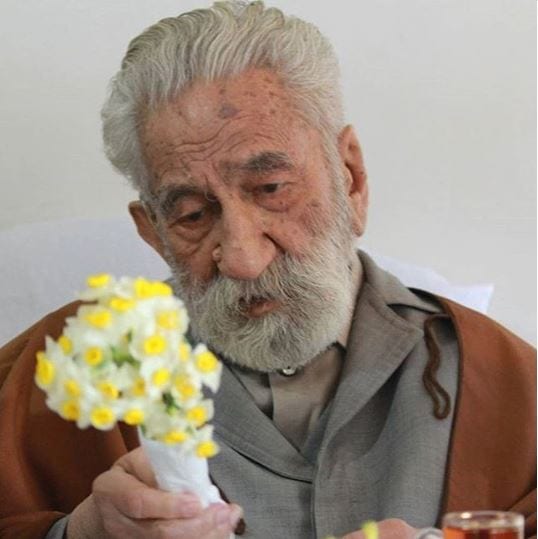
In Hajjarian’s fascist view this commitment is unacceptable, he criticizes and compares the organization of the Sufis to monarchism and labels them as undemocratic and attempts to make a political point out of it. The election of a spiritual leader of the Sufi order without any interference or approval from the regime is another problem according to Hajjarian, in his view the regime should either get rid of the Sufis completely or create access to them from the inside. Unfortunately, following the murder of Dr Noor Ali Tabandeh, increasing evidence show that the latter has been the case. Hajjarian is often depicted as a former top intelligence-ministry official who had “a change of heart” when Iran’s regime hardened. Now, he is more or less described as a liberal and a leader of a reform movement in Iran, however it is essential to appreciate what he and his colleague’s worldview encompasses behind all the fine political talk. By attacking a peaceful and ancient spiritual movement in Iran, which has no other business than teaching spiritual growth and inspiring to a just and peaceful society, falsely claiming that their purpose is to take over the country’s military and security forces, one can easily decipher Hajjarian and his colleague’s real agenda, for who would disagree that actions speak louder than words?
 Shabtabnews In this dark night, I have lost my way – Arise from a corner, oh you the star of guidance.
Shabtabnews In this dark night, I have lost my way – Arise from a corner, oh you the star of guidance.
